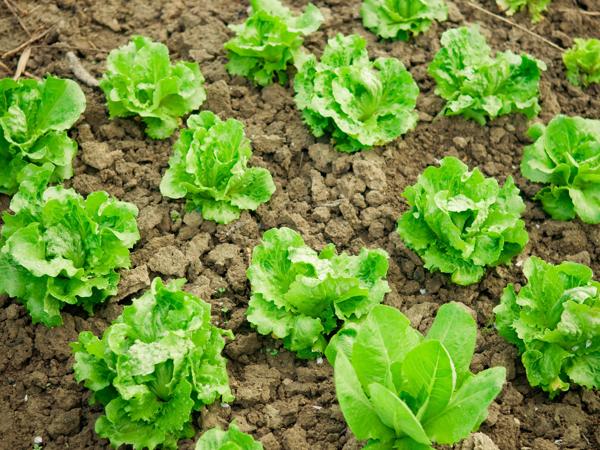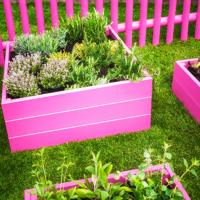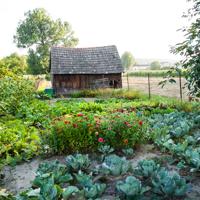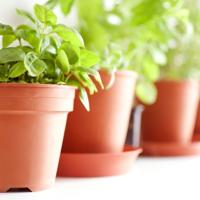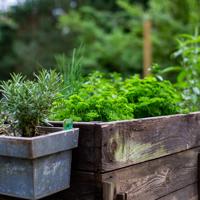Leafy greens are a wonderful addition to any garden. Not only are they relatively easy to grow, but they also offer a rich and nutritious bounty for your table. From spinach and kale to lettuce and arugula, these vegetables bring a fresh burst of flavor and an array of nutrients to your meals. Let’s explore how you can cultivate these wonderful greens in your garden.
Choosing the Right Leafy Greens for Your Garden
When it comes to choosing which leafy greens to grow, consider your local climate and the time of year. Spinach, for instance, thrives in cooler temperatures and can be amongst the first seeds to sow in spring. Kale is known for its hardiness and can even survive frosts, making it well-suited to colder climates. Lettuce varieties like butterhead and romaine are also adaptable, while arugula grows quickly and loves the cooler weather.
Preparing Your Garden
Growing leafy greens successfully begins with proper soil preparation. Most greens prefer a well-draining, fertile soil with plenty of organic matter. You might want to work in some compost or well-rotted manure to enrich the soil. A pH of 6 to 7 is usually ideal, so consider testing your soil to determine its acidity.
Planting Your Leafy Greens
Sowing seeds directly into the soil is often the easiest way to grow leafy greens. Many greens, such as spinach and arugula, germinate quickly. For a continuous harvest, try staggered planting every couple of weeks. Keep the seeds about half an inch deep and thinly spaced; thinning them as they grow will help prevent overcrowding and ensures that each plant has ample space to thrive.
Watering Considerations
Leafy greens generally prefer consistent moisture. It helps to keep the soil evenly moist but not waterlogged. Overwatering can lead to rot, whereas under-watering can cause the greens to become bitter. A mulch like straw or grass clippings can retain moisture and suppress weeds while adding organic matter over time.
Pest Management
It’s a good idea to be mindful of pests. Common pests include aphids, slugs, and snails. You could employ a few natural methods such as companion planting with herbs like garlic and chives, which can deter unwanted insects. Regularly checking under leaves and using barriers such as copper tape around the edges of planting areas may also help.
Harvesting Your Greens
Harvesting leafy greens is one of the most rewarding parts of gardening. You can often begin to harvest once the plants have matured enough to support picking. Leaf by leaf harvesting is possible with many greens, allowing the plant to continue growing. Another approach is to cut the entire plant at soil level for a larger harvest.
Reference and Further Reading
-
Rodale Institute: Garden Resource Center
The Rodale Institute offers insightful information on organic gardening techniques, including the care of various vegetables. -
Cornell Cooperative Extension Grows
Cornell provides valuable guidelines on edible gardening, focused on a variety of crops suitable for diverse climates. -
National Gardening Association
This resource is helpful for the community sharing experiences on various gardening topics, including pest control and harvesting techniques.
Embarking on the journey of growing leafy greens can be both a peaceful and satisfying endeavor. With a few well-intentioned efforts, you could have a lush garden that supports not just healthy meals but also a sustainable lifestyle.
